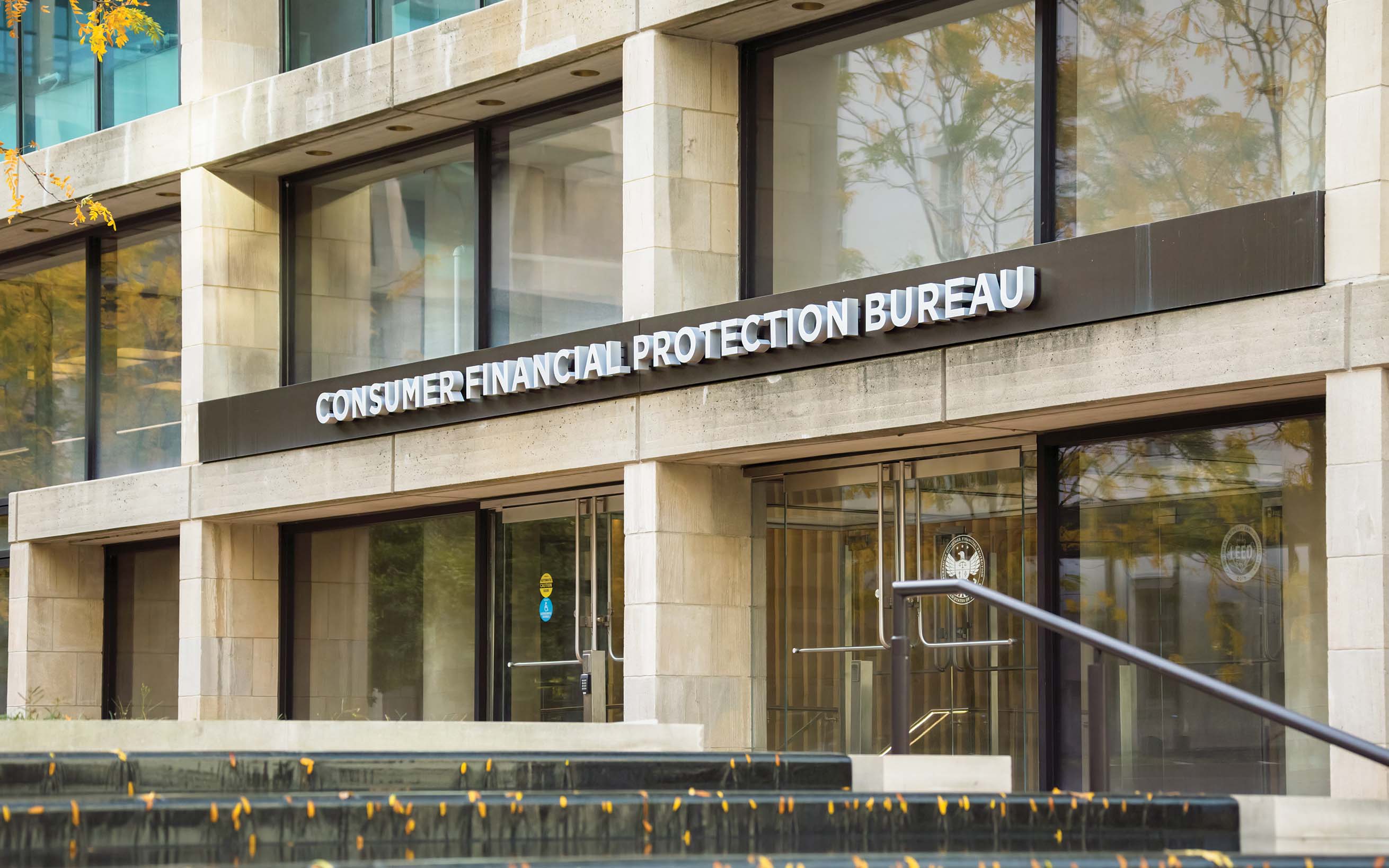To meet the needs of today’s world, the Community Reinvestment Act is getting an update. Here’s what to know about it.
Modernizing the Community Reinvestment Act
September 21, 2023 / By Mary Thorson Wright
To meet the needs of today’s world, the Community Reinvestment Act is getting an update. Here’s what to know about it.
Quick Stat
16.5%
of total mortgage lending in the U.S. goes to low- and moderate-income neighborhoods.
Source: Urban Institute
Since its inception four decades ago, the Community Reinvestment Act (CRA) has continued to evolve to reflect historical, economic and societal changes. Now, about a quarter century since the most recent substantial revisions, the CRA is once again undergoing significant modernization.
On May 5, 2022, the federal bank regulators jointly released a notice of proposed rulemaking (NPR) to strengthen and modernize the CRA regulations.
The cutoff date for comments to the proposal was Aug. 5, 2022, and, while the final rule was expected in late 2023 or early 2024, announcement of a final rule was still pending at the time of this writing.

“For the regulators, I think there is a sense that this is the first time we’ve really looked at this rule since 1995, and those changes have lasted for almost 30 years,” says Mickey Marshall, director, regulatory legal affairs, ICBA. “I think there is a feeling that, once the final rule is released, that rule will also last a long while. That is a strong basis to not rush to completion, to get it right now, because it may not be overhauled again for decades.”
The evolution of the CRA
The current version of the CRA was shaped by a series of legal and regulatory actions. The 20th century evidenced that most of subsidized homeownership initiatives excluded households of color, including Native American households. Redlining—defining high-risk neighborhoods on maps based on credit-irrelevant factors, such as race, ethnicity or national origin—was widely used.
In 1956, the Bank Holding Company Act was passed and gave the Federal Reserve leverage to evaluate banks’ and bank holding companies’ responsiveness to community needs when seeking approval for mergers with and acquisitions of other various financial institutions.
In 1962, President John F. Kennedy issued an executive order prohibiting racial discrimination in housing assistance programs. From 1968 through 1975, a series of fair lending laws was enacted, including the Fair Housing Act and Equal Credit Opportunity Act (ECOA), that prohibited certain racial, gender and other forms of discrimination in residential real estate, banking services and credit transactions, and requiring lenders to track data on mortgage loans. Laws and regulations alone could not stem racism or unfair lending practices; however, regulators gained some new tools to help identify and sanction some of the worst manifestations of discrimination in lenders’ providing access to capital.
Despite the changes, people in low- and moderate-income neighborhoods continued to struggle with access to credit, and, in 1977, the CRA was passed and was designed to evaluate banks’ efforts to meet the credit needs of all people in their communities. Regulators developed examination methods to assess whether creditors’ practices improperly excluded neighborhoods in their market areas.
Updated CRA proposals
While many of those methods are still used today, CRA exams have evolved to better evaluate banks’ practices and encourage lenders to further work with their communities and those living or doing business in them.
The most recent CRA proposal seeks to accomplish several things:
Expanding access to credit, investment and basic banking services in low- and moderate-income communities. Regulators would evaluate a wider range of bank activities for CRA and promote community engagement and financial inclusion
Adapting to changes in the banking industry, including internet banking, branchless banking, mobile banking and hybrid models
Providing greater clarity, consistency and transparency by adopting a metrics-based approach to CRA evaluations of retail lending and community development financing and clarifying eligible CRA activities
Tailoring CRA evaluations and data collection to bank size and type
Maintaining a unified approach from regulators and allowing more feedback from stakeholders
Marshall offers some thoughts on how community banks might prepare for the new process.
“At this point, it’s speculation, but I don’t expect that the new retail lending test and community development test to experience significant changes from the proposal, and those areas could be a basis for banks wishing to prepare for what they would eventually have to comply with,” he says.
“Banker education will be critical to the transition to new data collection, reporting and recordkeeping requirements of the rule.”—Mickey Marshall, ICBA
“It seems more likely that there will be changes related to the assessment areas and how banks will be assessed in areas where they do not have a physical branch.”
Along with the pending CRA changes, bankers must comply with the new Dodd-Frank Section 1071 rule amending Regulation B – ECOA. The rule requires covered financial institutions to collect and report to the Consumer Financial Protection Bureau (CFPB) data on applications for credit for small businesses, including those that are owned by women or minorities.
“Going forward, it will be the Section 1071 data that’s used as the basis for the small business lending evaluation in CRA,” Marshall says. “Regulators will try to synchronize the data collection and reporting benchmarks between the 1071 rule and the new CRA rule.”
He adds, “ICBA will offer briefings on the final rule, and we are expecting the regulators to present a sort of ‘CRA roadshow’ when we have a final rule. Banker education will be critical to the transition to new data collection, reporting and recordkeeping requirements of the rule.”
Subscribe now
Sign up for the Independent Banker newsletter to receive twice-monthly emails about new issues and must-read content you might have missed.
Sponsored Content
Featured Webinars
Join ICBA Community
Interested in discussing this and other topics? Network with and learn from your peers with the app designed for community bankers.
Subscribe Today
Sign up for Independent Banker eNews to receive twice-monthly emails that alert you when a new issue drops and highlight must-read content you might have missed.
News Watch Today

Join the Conversation with ICBA Community
ICBA Community is an online platform led by community bankers to foster connections, collaborations, and discussions on industry news, best practices, and regulations, while promoting networking, mentorship, and member feedback to guide future initiatives.












